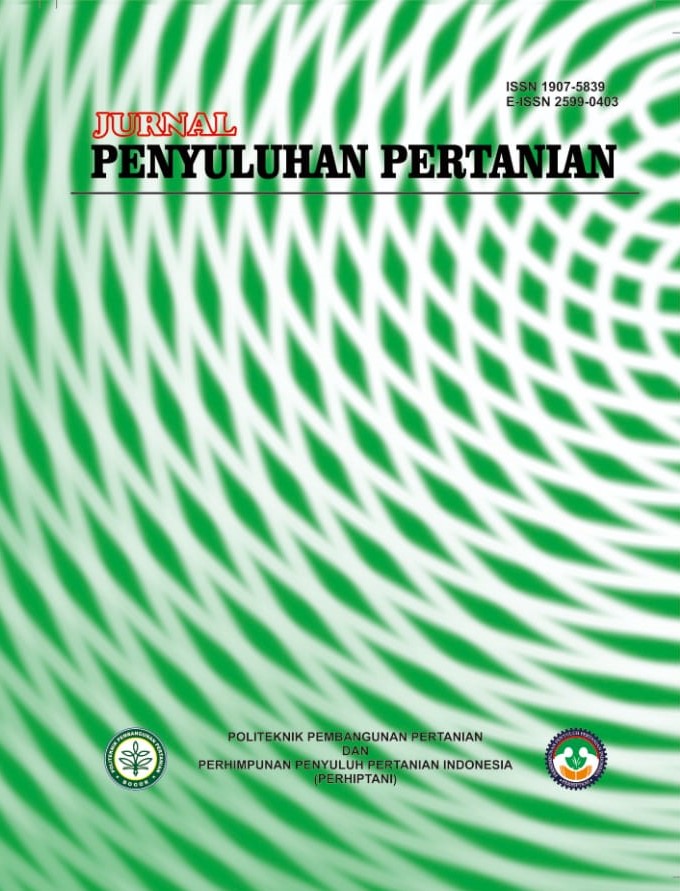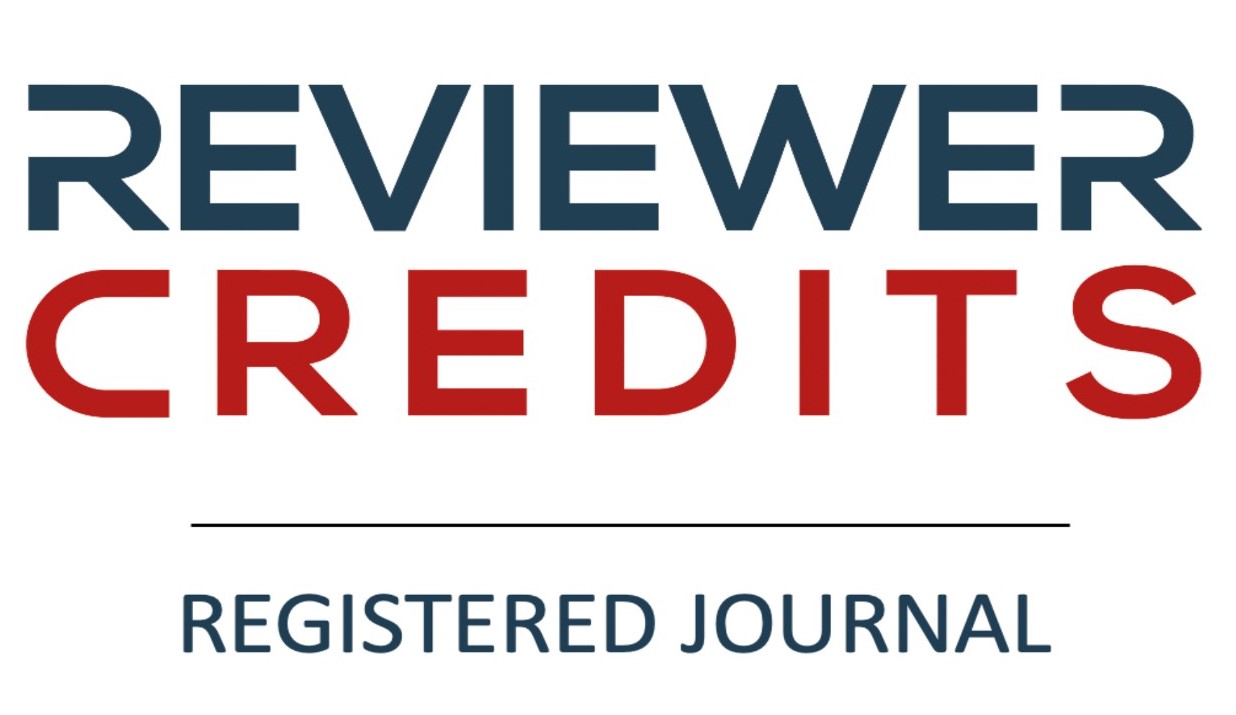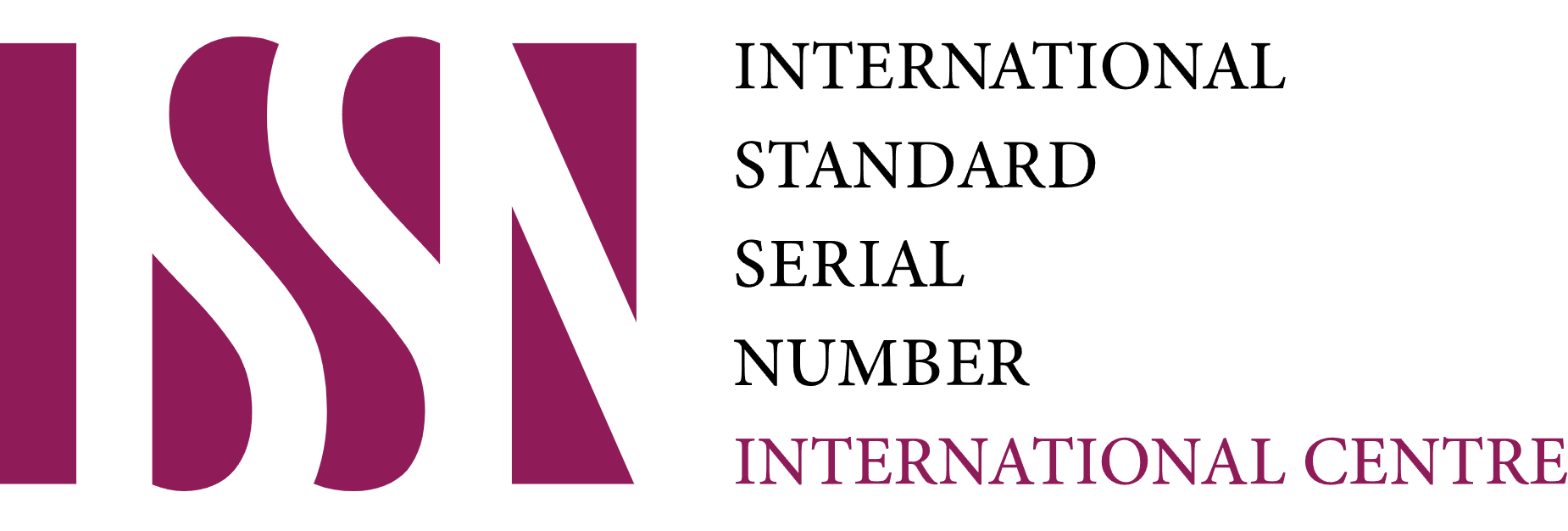TINGKAT PEMILIKAN SAPI (SKALA USAHA) PETERNAKAN DAN HUBUNGANNYA DENGAN KEUNTUNGAN USAHATANI TERNAK PADA KELOMPOK TANI TERNAK SAPI PERAH DI DESA TAJUR HALANG BOGOR
DOI:
https://doi.org/10.51852/jpp.v1i1.199Abstract
Usaha sapi perah merupakan usaha peternakan rakyat yang pemiliknya berkisar antara 1–
10 ekor tiap keluarga peternak. Usaha ini akan menguntungkan bila dikelola secara baik.
Tujuan dari penelitian ini adalah untuk mengetahui keragaan tingkat pemilikan sapi
perah pada peternak agar memberi gambaran pada jumlah berapa ekor pemilikan ternak sapi
perah yang dianggap menguntungkan.
Dari hasil penelitian diperoleh bahwa terdapat hubungan positif antara tingkat pemilikan
sapi perah dengan tingkat keuntungan usaha, untuk memulai suatu usaha sapi perah jumlah
ternak yang dimiliki minimal 4 ekor induk sapi laktasi produktif ini terlihat dari gambaran hasil
usaha bahwa pada jumlah pemilikan 4 ekor sapi perah peternak telah memperoleh keuntungan,
sedangkan berdasarkan analisis statistik korelasi Spearmen Rho menggambarkan bahwa tidak
terdapat korelasi yang benar-benar nyata antara tingkat pemilikan induk sapi dengan
keuntungan usaha yang diperoleh peternak. Hal ini disebabkan bahwa dalam penelitian ini tidak
memperhitungkan jumlah sapi laktasi produktif akan tetapi hanya menggambarkan jumlah
pemilikan sapi secara keseluruhan.
Downloads
Additional Files
Published
Issue
Section
License
Authors who publish with this journal agree to the following terms:
1. Copyright on any article is retained by the author(s).
2. The author grants the journal, right of first publication with the work simultaneously licensed under a Creative Commons Attribution License that allows others to share the work with an acknowledgment of the works authorship and initial publication in this journal.
3. Authors are able to enter into separate, additional contractual arrangements for the non-exclusive distribution of the journals published version of the work (e.g., post it to an institutional repository or publish it in a book), with an acknowledgment of its initial publication in this journal.
4. Authors are permitted and encouraged to post their work online (e.g., in institutional repositories or on their website) prior to and during the submission process, as it can lead to productive exchanges, as well as earlier and greater citation of published work.
5. The article and any associated published material is distributed under the Creative Commons Attribution-ShareAlike 4.0 International License













